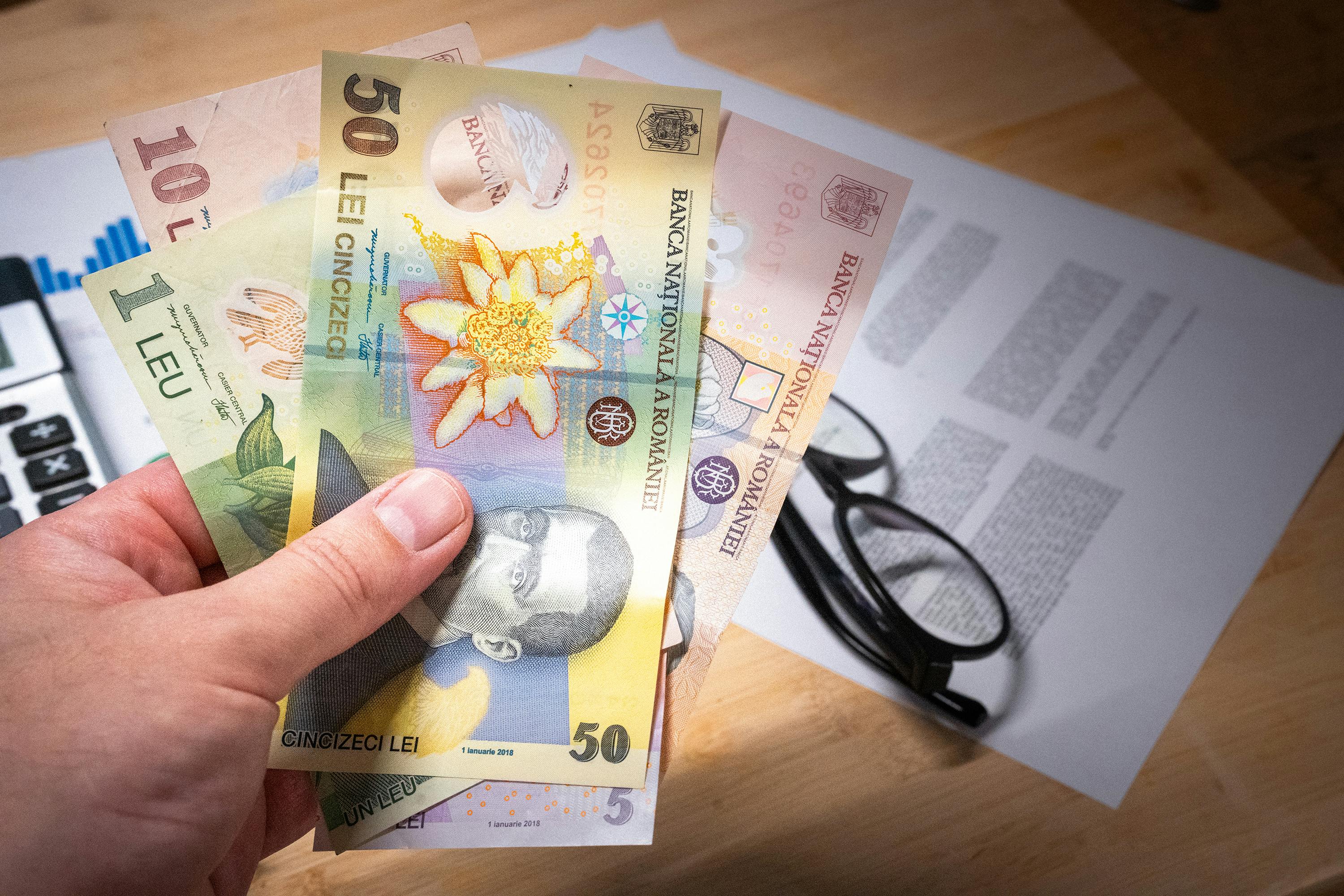The Science Behind the Emotional Freedom Technique: A Modern Tool for Holistic Wellness
Stressed, anxious, or overwhelmed? What if a simple tapping technique could help you regain emotional balance and enhance your overall wellness? Welcome to the fascinating world of the Emotional Freedom Technique (EFT), a holistic approach that combines elements of acupuncture and cognitive therapy for a healthier, happier you.

The Origins and Science of EFT
The Emotional Freedom Technique, often referred to as ‘tapping’, is a relatively new approach to wellness that has its roots in ancient Chinese medicine. Born in the 1990s, EFT was developed by Gary Craig, a Stanford engineer with a deep interest in personal improvement psychology.
EFT is based on the same principles as acupuncture, which believes that a ‘life energy’ flows through meridians or pathways in the body. This energy can become blocked due to emotional distress, leading to physical and mental health issues. Instead of needles, EFT uses fingertip tapping to stimulate these meridians, helping to release blockages and restore balance.
Scientific studies on EFT have been promising. A comprehensive review published in the Journal of Nervous and Mental Disease found that EFT demonstrated a significant decrease in anxiety scores, even in cases of chronic anxiety and depression.
Current Perspectives and Research Findings
In recent years, EFT has been gaining more recognition as a valid practice in the wellness community. An increasing number of mental health professionals are incorporating EFT into their practices, recognizing its potential to support emotional health.
Research continues to strengthen the scientific credibility of EFT. A 2016 study published in the Journal of Evidence-Based Integrative Medicine found that EFT significantly reduced symptoms of post-traumatic stress disorder in veterans.
The Practice of EFT: Benefits and Challenges
EFT has numerous potential benefits. It’s easy to learn and can be practiced anywhere, making it a versatile tool for emotional self-care. Its non-invasive nature also makes it a suitable choice for those who are uncomfortable with needles or traditional therapy.
However, EFT is not without challenges. It requires patience and consistency, and it may take time to see results. Additionally, while it can be a helpful tool, it should not replace professional mental health care, especially for those dealing with severe emotional distress.
Practical and Scientific Applications
EFT has been successfully used in various settings, from helping athletes overcome performance anxiety to supporting people in overcoming phobias. It is also used to manage stress, reduce physical pain, and improve sleep.
Despite its wide application, it’s crucial to remember that EFT is a complementary therapy. It should be used in conjunction with traditional treatment and not as a standalone cure.
Tapping into Wellness: Quick Tips
- Identify the issue: Be clear about the emotional issue you want to address with EFT.
- Rate your distress: On a scale of 1 to 10, how intense is your emotional distress?
- The setup: Repeat an affirmation while tapping on the ‘karate chop’ point of your hand.
- The sequence: Tap 5-7 times on each of the 9 meridian points while repeating a reminder phrase.
- Reassess your distress: After the sequence, reassess your distress level.
- Repeat if necessary: If your distress level has not significantly decreased, repeat the sequence.
Final Thoughts
The Emotional Freedom Technique offers a unique blend of ancient wisdom and modern psychology. While it may not be a magic cure-all, research supports its use as a tool for managing emotional distress and promoting holistic wellness. As we continue to understand the mind-body connection, techniques like EFT may become increasingly important in our wellness toolkits.




